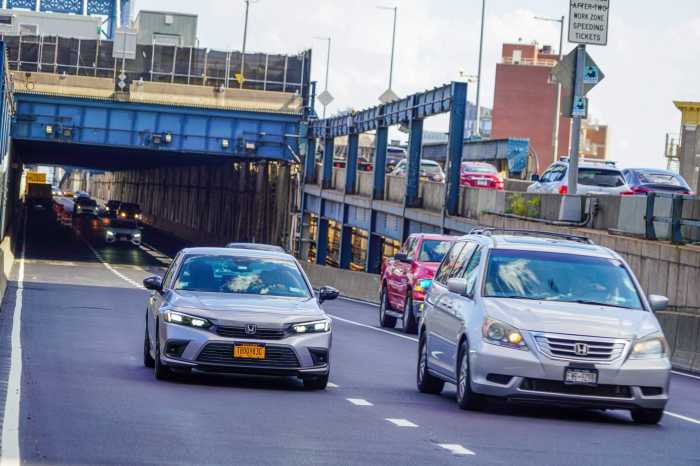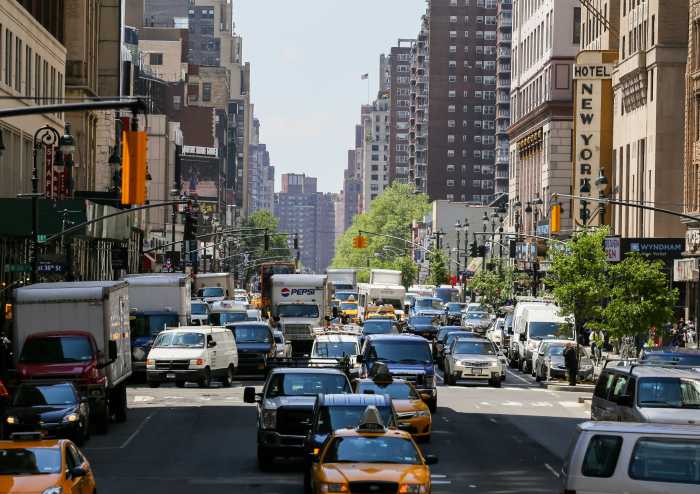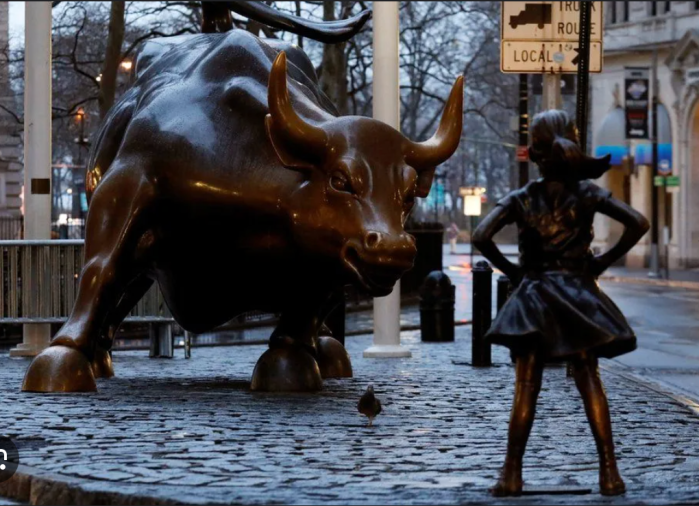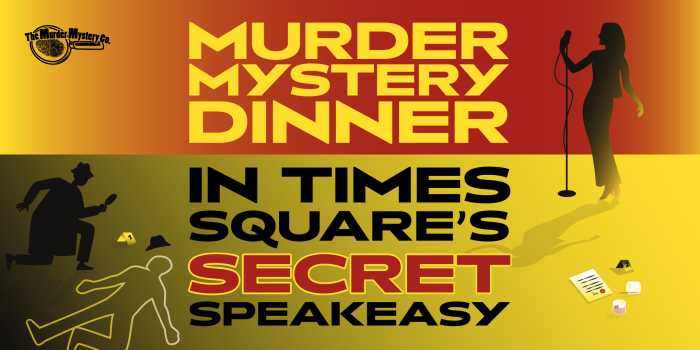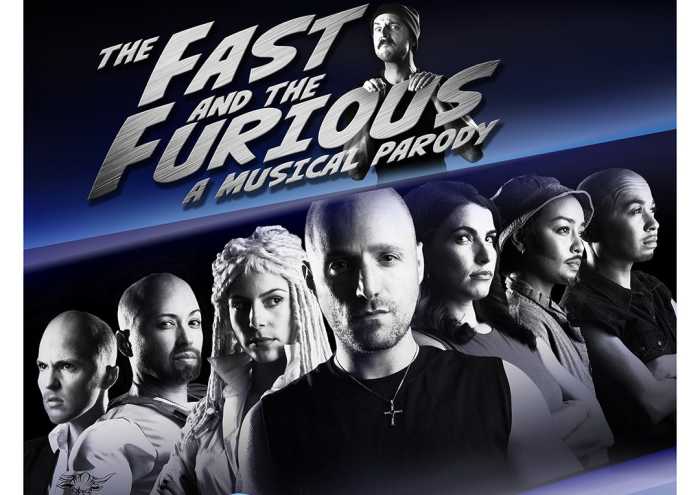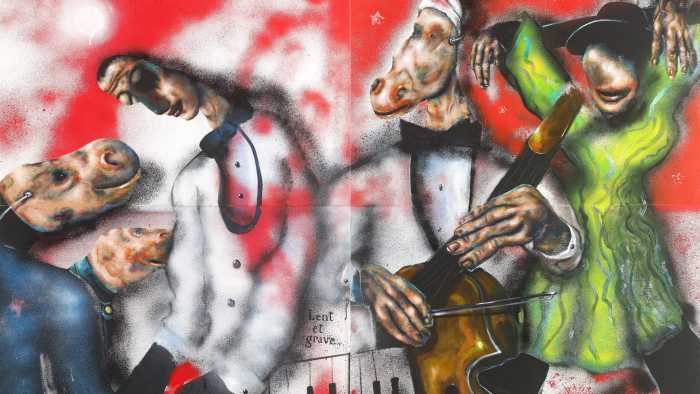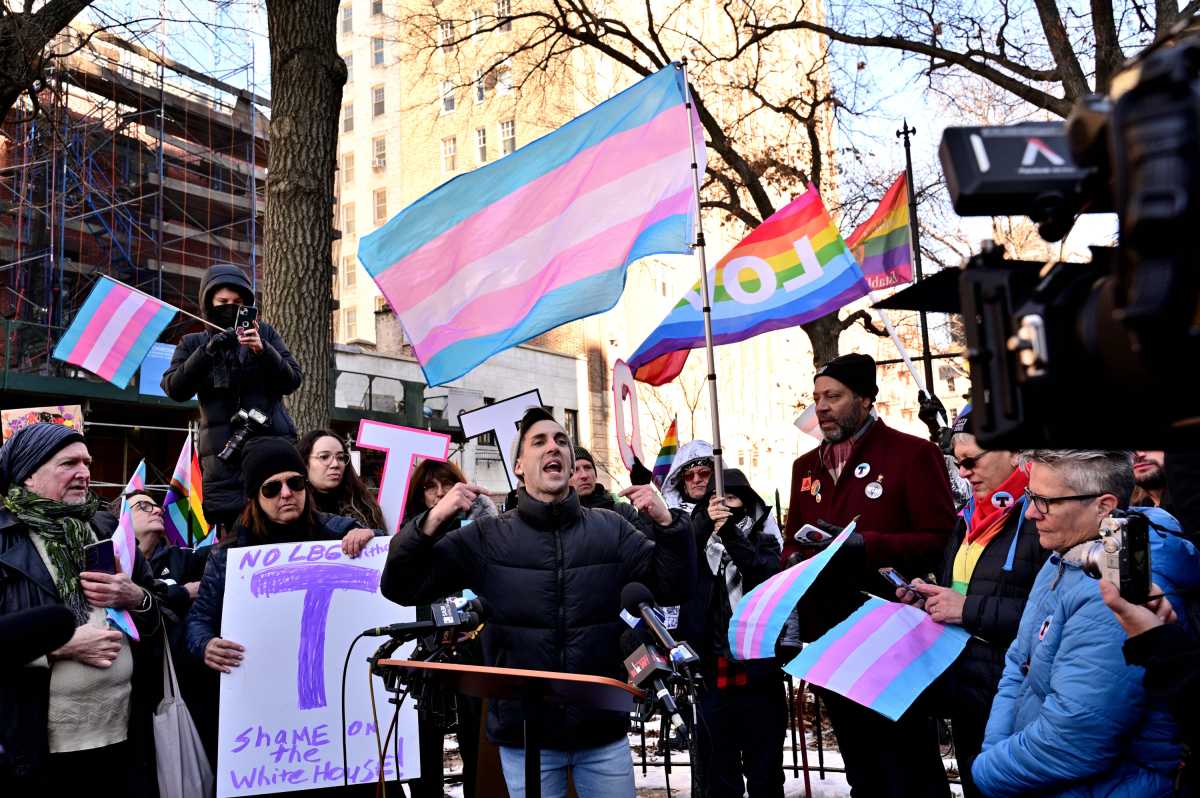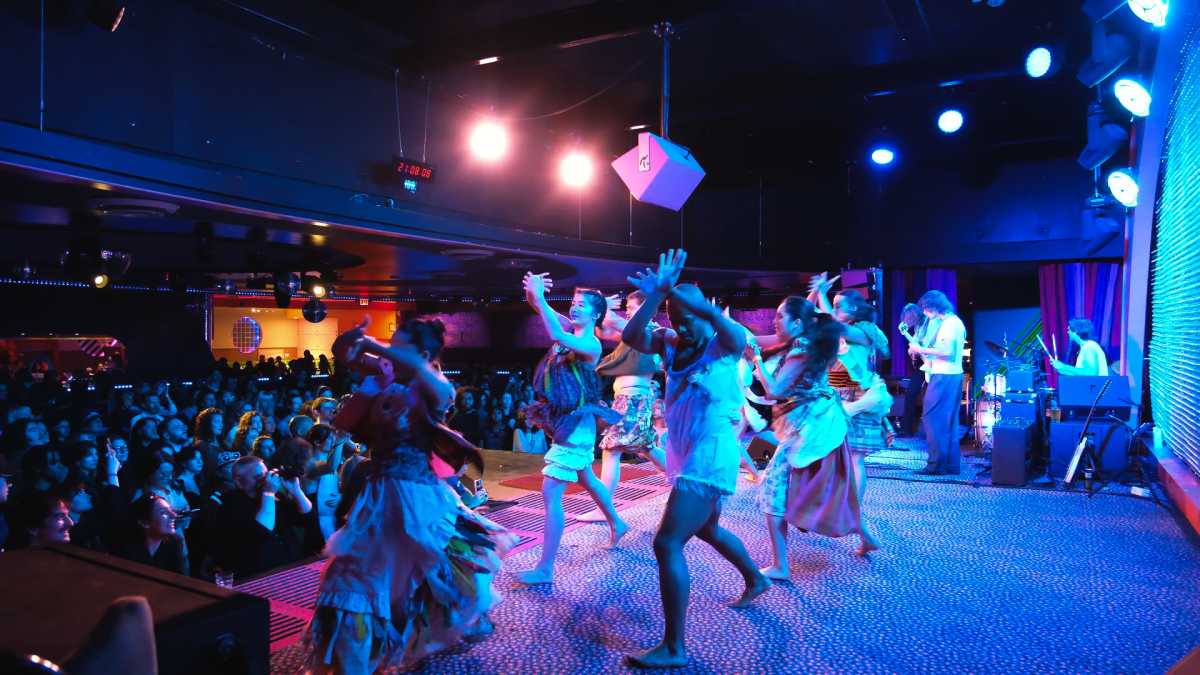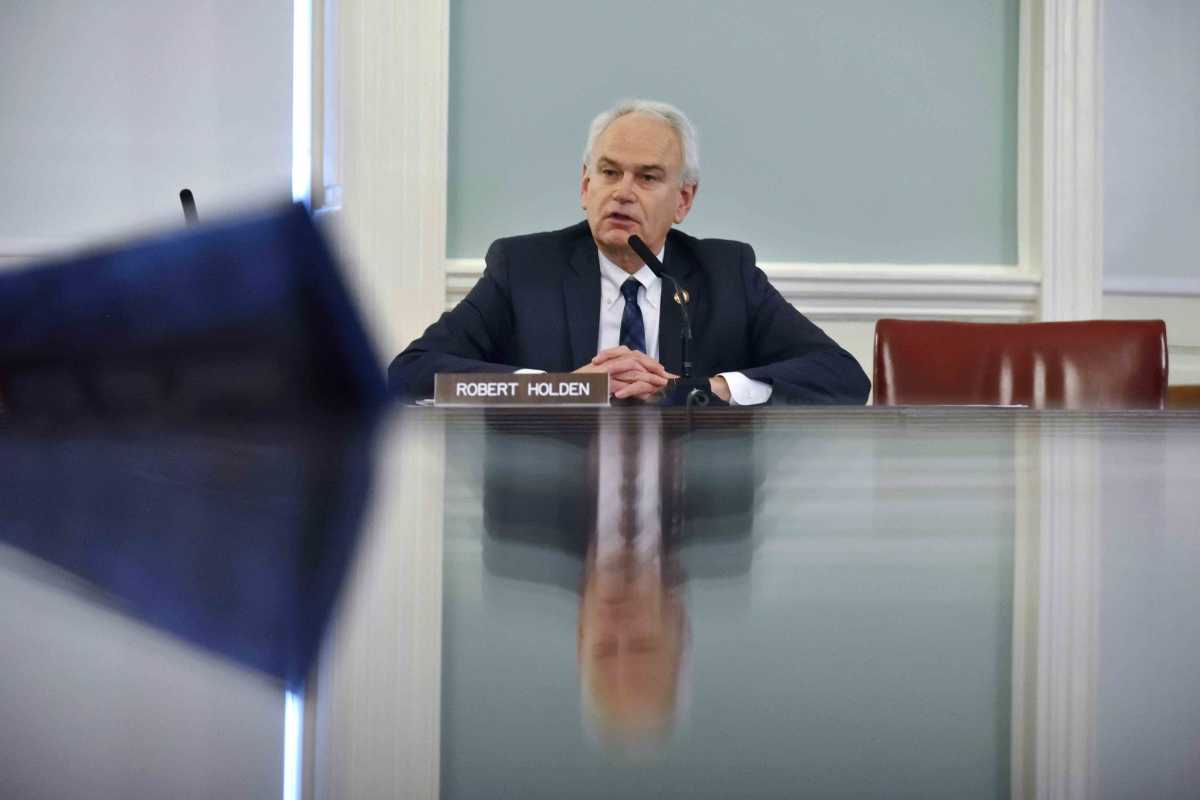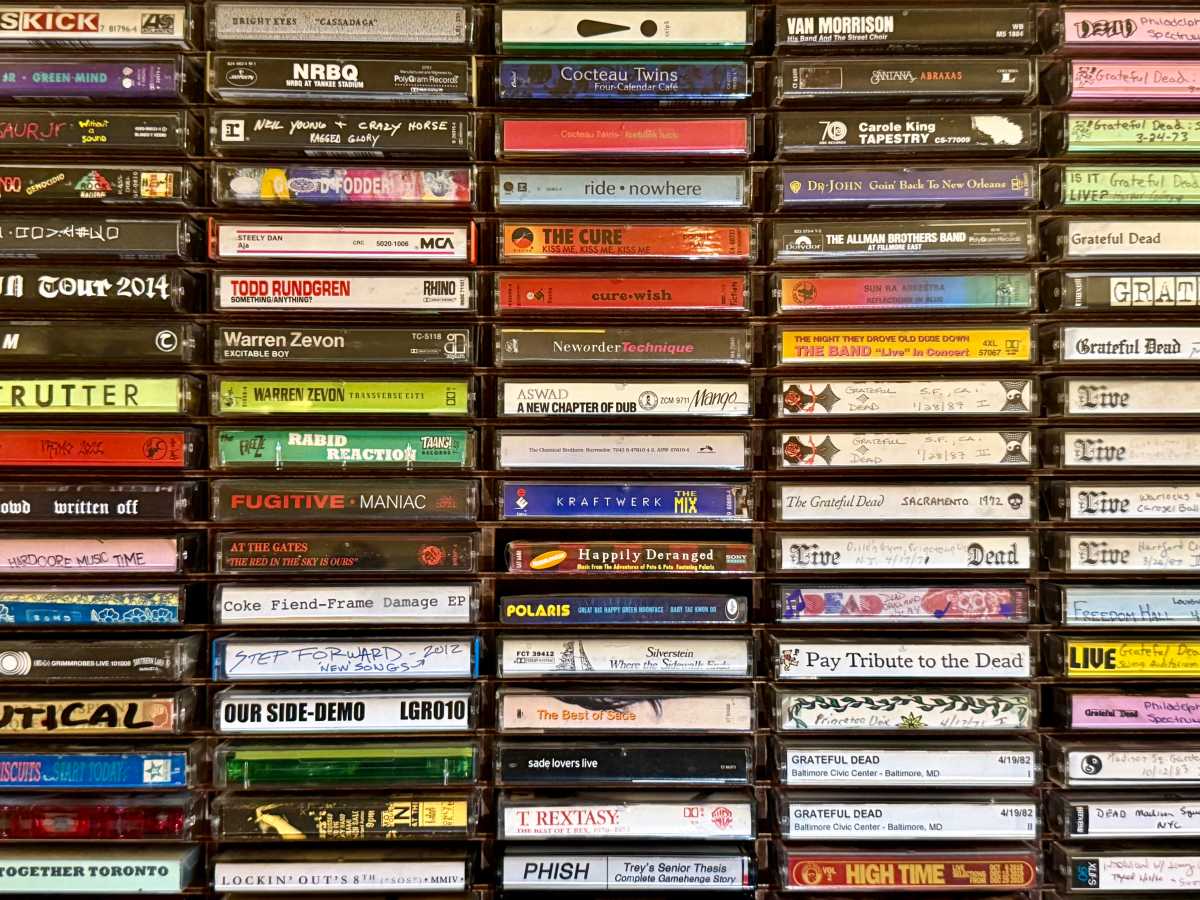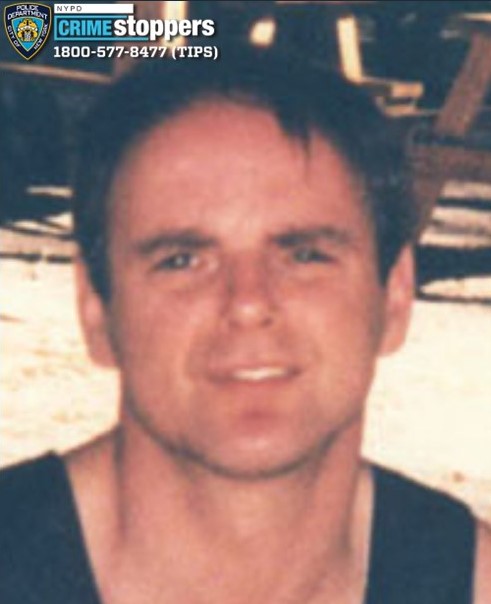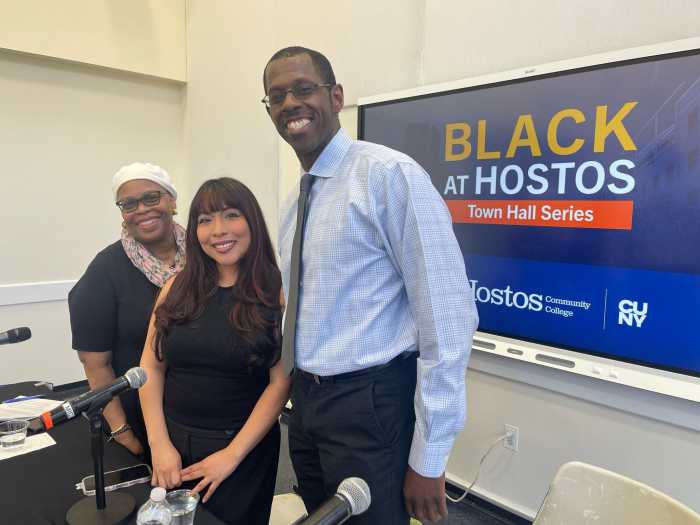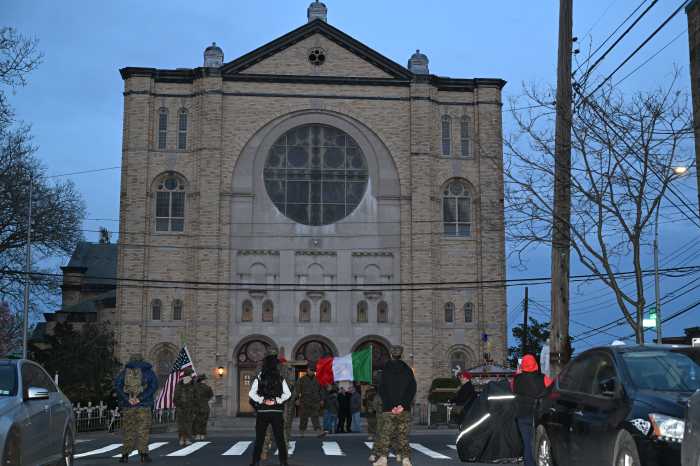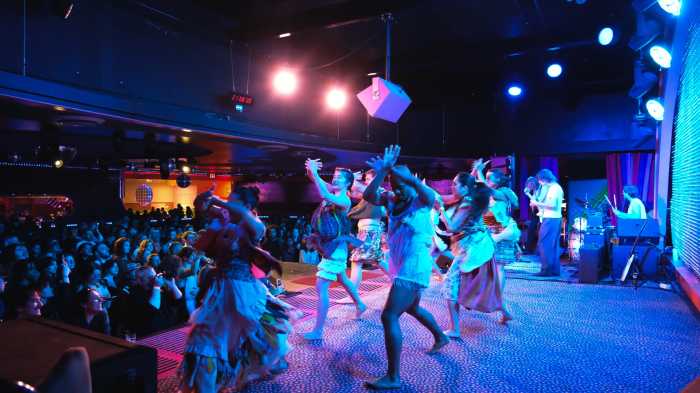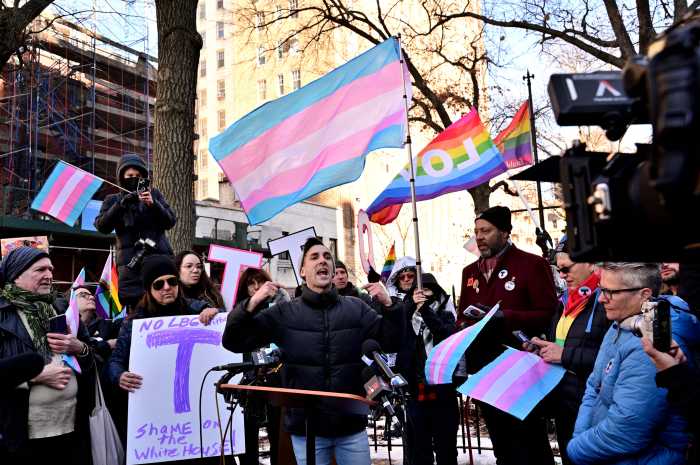This month, the holiday season will ring in soul-crushing, lung-choking traffic and endless Gridlock Alert Days. Next month, we’ll finally do something about it. Starting January 5th, the first vehicles will be charged to enter the Central Business District and we’ll look forward to a new year with less traffic, cleaner air, and critical funding for our vital transit network. We’ll be closer to a future without Gridlock Alert Calendars.
One year ago yesterday, we stood proudly with Governor Hochul to rally in support of congestion pricing. It’s been a bit of a bumpy road to get to this point, but Governor Hochul has reaffirmed her commitment to the region’s nearly six million daily subway, bus, Staten Island Railway, LIRR and Metro-North riders and cleared the way for more than $15 billion dollars of investments, including 23 new elevators in subway and Staten Island Rail stations around the city; a significant push toward electrifying the bus fleet; modern signals on the A, C, B, D, F, and M lines; accessibility and station improvements, power upgrades and safety and security work for the LIRR and Metro-North; and Phase 2 of the Second Avenue Subway – to name a few.
It should come as no surprise since Governor Hochul has repeatedly stood up for the millions of New Yorkers around the region who count on safe, frequent, and reliable transit. The contrast across the Hudson River could not be clearer: while New Jersey Transit is buckling after decades of fiscal instability and a 15% fare increase, in New York, the MTA is on solid financial footing with ambitious plans for the future.
Governor Hochul has also affirmed her commitment to the MTA’s next capital plan. Once a funding agreement has been worked out with the Legislature, it will be the largest investment in new rolling stock in MTA history, add at least 60 new elevators across the subway system, ensure Metro-North’s Hudson Line doesn’t slide into the Hudson River, allow for 40-minute travel between Jackson Heights and Bay Ridge with the Interborough Express, and upgrade signals on the N, Q, R, W, J, Z, and A trains as well as the Rockaway shuttle, among many other feats.
This ends the cycle of disinvestment that culminated in the 2017 ‘Summer of Hell’ and sets us on track to achieve the world-class transit system we deserve. While these improvements will be monumental, they’ll take time and we know that New Yorkers need relief now when it comes to affordability – an issue Governor Hochul has been laser focused on.
As we head into the next legislative session in Albany, we’ve proposed five fare policies that can deliver that immediate relief:
Introduce A.M. peak discounts on the LIRR and Metro-North for senior, disabled, and Medicare-eligible riders
This will make it easier for seniors and disabled New Yorkers to get to work, social activities and doctor’s appointments by transit.
Close the ‘mid-kid’ gap by creating a Family Fare for the LIRR and Metro-North
While kids between the ages of five and eleven can travel with an adult for just $1, no such discount exists for twelve- to seventeen-year-olds. Closing this gap will make using the LIRR and Metro-North for family outings in the city far more affordable.
Create a weekly CityTicket with transfers to New York City Transit
The CityTicket allows intra-city commuter rail riders to travel within the city for $5 off-peak and $7 peak. Creating a weekly CityTicket and providing discounted transfers to subways and buses will make this great option even greater.
Expand Fair Fares to the commuter railroads within New York City
Today, too many New York City residents in subway deserts like Southeast Queens and parts of the Bronx have commuter rail running through their backyards but spend hours more on buses than they need to simply because they can’t afford the LIRR or Metro-North. Fair Fares on the railroads will give millions of working-class New Yorkers their time and money back.
Expand Fair Fares to 200% of the Federal Poverty Level
Expanding Fair Fares to 200% of the Federal Poverty Level (FPL) would allow as many as 450,000 more New Yorkers to qualify for half-fares on the railroads. The vast majority of minimum wage workers are ineligible at the current eligibility threshold of 145% of FPL – and nationally, New York City has the lowest eligibility threshold of cities surveyed, despite having the highest poverty rate.
These policies will provide immediate financial relief to riders from Westhampton to Wassaic and everywhere in between. Ahead of congestion pricing, we have the opportunity to make the best case for New Yorkers to get on, or back on, transit by enacting these common-sense fare discounts. Let’s get it done.
Lisa Daglian is the Executive Director of the Permanent Citizens Advisory Committee to the MTA




